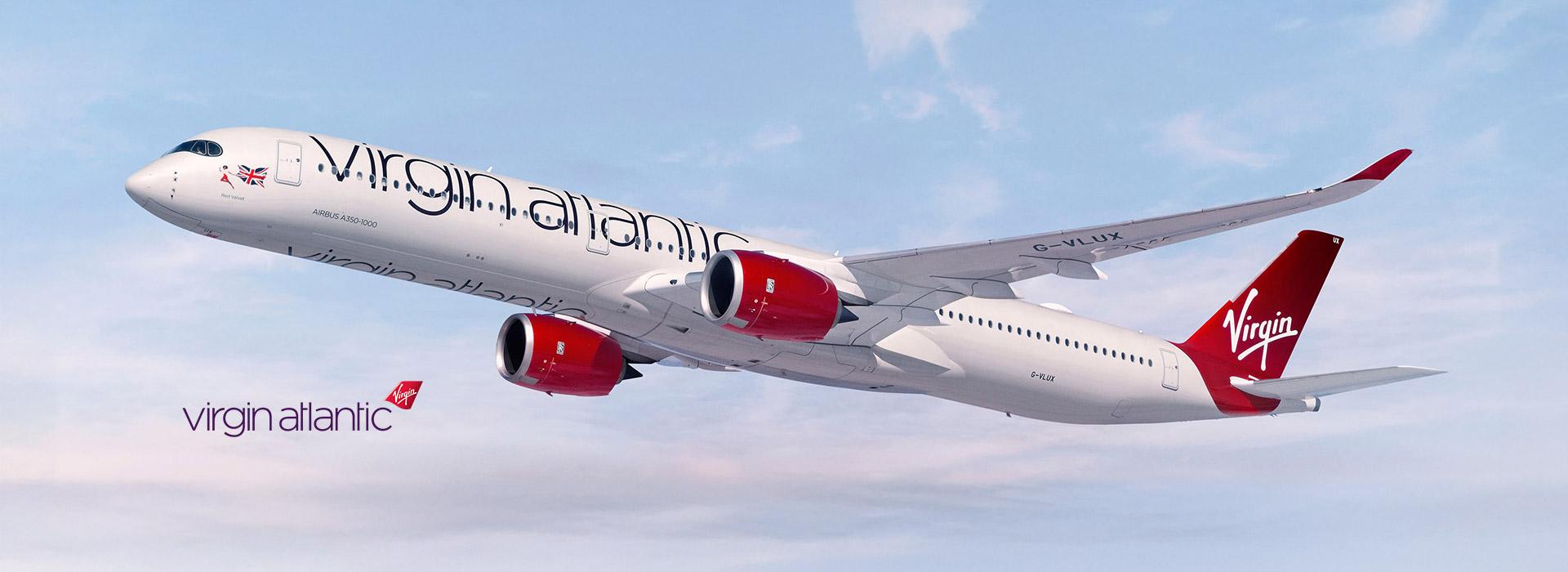
Understanding airline payments risk
Why deferred delivery merchants are considered ‘high risk’ and what to do about it. By Thomas Helldorff, VP of airlines, travel & hospitality.
For all merchants, good relationships with payment processors are critical to maintaining healthy cash flow and operational stability. Understanding how acquirers assess risk helps you negotiate better terms and structure your payment operations more advantageously.
Airlines have a unique risk profile. As part of our Airline Payments Academy masterclass, we asked: "Why are airlines categorized as high-risk merchants, and what can they do about it?"
The answer lies in the fundamental structure of airline ticket sales. Unlike retail transactions, where goods change hands then and there – or at least are sent out quickly – airlines sell tickets for future services. The delay between payment and delivery creates specific risks within the payment ecosystem that acquirers must manage carefully.
The payment ecosystem: Understanding the risk transfer
Firstly, it’s important to understand the key players in your payments ecosystem. The four-party payment model (which actually encompasses seven or more participants) distributes specific responsibilities among these players:
- Issuers obtain licenses from payment schemes, sign up cardholders, and issue payment cards. They're responsible for knowing their customers (KYC), verifying creditworthiness, approving (and sometimes declining) transactions, and ensuring fund availability through the scheme’s clearing bank. Issuers bear the credit risk if cardholders fail to pay and assume liability for certain types of fraud.
- Cardholders initiate transactions by providing card details to merchants. They are responsible for safeguarding payment credentials (e.g., the PIN for their card) and paying for purchases via prepaid, debit or credit cards. Cardholders can submit chargebacks if a merchant fails to deliver promised services.
- Acquirers are the financial institutions that maintain a merchant’s account to accept payment. They receive payment requests, forward them for authorization and submit completed transactions for settlement. Crucially, if a cardholder submits a chargeback, acquirers must repay the merchant's funds to the issuer and the cardholder, potentially bearing the costs if the merchant has ceased operations.
- Merchants accept card payments, request authorizations, and submit transactions. They also share responsibility for certain fraud risks.
- Additional ecosystem players include clearing banks (moving funds from the issuing banks to acquirers), payment schemes like Visa and Mastercard (setting rules and providing infrastructure), and Payment Service Providers (offering gateways, fraud prevention, authentication, and other specialized services). Some players will fulfil more than one role, like Worldpay!
For airlines, the key point is if your airline becomes unable to operate flights passengers have already paid for, your acquirer faces significant financial exposure through the chargeback process.
How acquirers evaluate your airline's risk profile
When assessing your airline's risk profile, acquirers examine several key factors:
1. Financial health
Your liquidity (available cash flow for operations at any given time) and operating margins receive particular attention. Larger airlines often present lower risk profiles, as they can better distribute substantial fixed costs across broader operations.
2. Commercial strategy
Acquirers prefer balanced airline networks supported by diverse partnerships. Airlines focused on limited routes between just a few countries raise concerns about market dependency risk.
3. Fleet management
Your fleet composition creates an important economic equation that acquirers analyze. The age of an aircraft fleet creates a trade-off:
- Newer aircraft offer better fuel efficiency but come with higher ownership costs
- Older aircraft have lower ownership costs but consume more fuel
This balance shifts with market conditions. When fuel prices are low, older aircraft often become more economical because their significantly lower ownership costs outweigh reduced fuel efficiency.
Airlines operating fewer aircraft types typically demonstrate better operational efficiency and profit margins through streamlined maintenance, training, and inventory management – all factors that positively influence risk assessment.
4. Ownership structure
If your airline is backed by a government or conglomerate for strategic purposes, acquirers will consider the creditworthiness of these parent entities. Strong backing from a stable owner or parent can significantly improve your risk profile.
5. Booking patterns and volume
Airlines with shorter booking windows between purchase and flight present lower risk to acquirers. Your total transaction volumes determine the actual financial exposure.
How risk assessment affects your airline
Based on this comprehensive evaluation, acquirers determine appropriate security requirements. These range from minimal measures for financially healthy airlines to coverage for up to 100% of un-flown ticket value for higher-risk carriers.
Common risk mitigation tools include:
- Cash deposits or rolling reserves: funds held by the acquirer or in trust accounts as a percentage of un-flown ticket value
- Bank guarantees: financial assurances from guarantors to cover potential losses
- Parental guarantees: commitments from business owners to cover chargeback losses
- Third-party insurance: external coverage for losses up to specified amounts
- Delayed settlement: withholding merchant funds for a fixed number of days or until specific conditions are met, such as the first or both legs of the flight are completed.
- Actuary as a tool: monitors the actual risk by importing and comparing payment, refund, and chargeback data with flown ticket information. Worldpay has partnered with Actuary on an industry-wide risk management platform. This allows Worldpay to monitor the true risk by importing and comparing payment, refund, and chargeback data with flown ticket information.
Finding the right balance to optimize your position with acquirers
Understanding these assessment factors allows your airline to:
- Provide appropriate transparency that demonstrates financial stability and builds trust with payment partners
- Negotiate more effectively with prospective payment partners by understanding and anticipating their concerns
- Prepare for various economic scenarios by understanding how changing conditions might affect your risk assessment
A combination of risk mitigation tools can be used to find a fair middle ground between covering acquirer risk and allowing your airline access to cash flow as early as possible and at the lowest cost. The finance, procurement, and risk teams from both sides are typically engaged to find an agreeable compromise.
At Worldpay, we regularly review financial safeguards to accommodate macro-economic factors as well as developments within your airline's business, such as volume growth or improved financial metrics. This collaborative approach helps establish a balanced relationship that evolves with your business, enabling greater financial flexibility as your risk profile evolves.
Read more about Worldpay for airlines, or get in touch with us.
Related Insights
You may also like

Virgin Atlantic
Airline’s payments options take flight.

Restaurants at risk: How hospitality can fight back against payment fraud
Navigate new challenges in the hospitality industry with the right technology.

Digital payments have flipped the script. What do you need to know?
What we learned about the changing world of digital payments from Worldpay's 2025 Global Payments Report